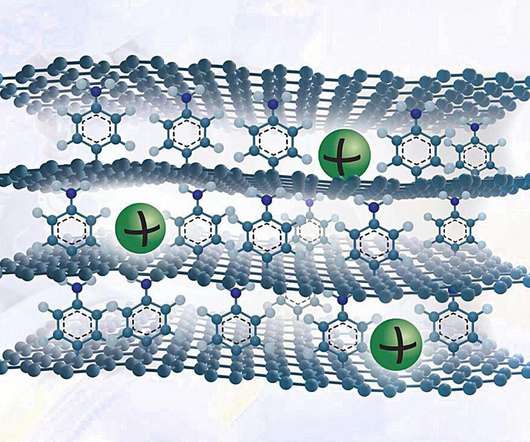BC Hydro and SC Electric Company partner on sodium-sulfur battery energy storage project
Green Car Congress
JUNE 25, 2011
BC Hydro has selected S&C Electric Company, a renewable energy integration company, for a sodium-sulfur (NaS) battery energy storage project intended to improve service reliability for a remote mountain community in British Columbia.



























Let's personalize your content